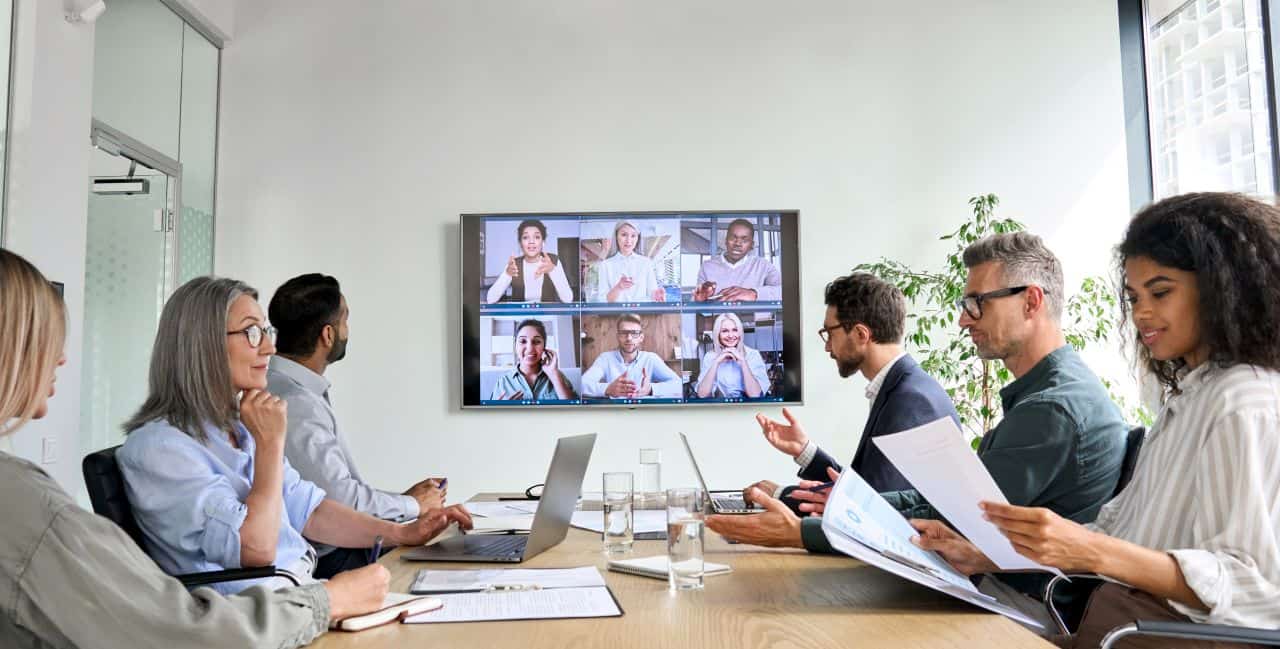In the era of technology, learning management systems (LMS) have become tools for delivering effective training and education. However, many organizations struggle to make these platforms accessible to all learners. To ensure that LMS training is inclusive for everyone, adopting an approach that considers factors is essential. This guest post will delve into the significance of accessibility in LMS training. Provide strategies for creating inclusive learning environments.
Understanding Accessibility in LMS Training
When we talk about accessibility in LMS training, we refer to the process of making online courses and resources usable by individuals with disabilities or diverse learning needs. Ensuring all learners can access and engage with course materials fulfills requirements and enhances the learning experience. By removing barriers faced by individuals with disabilities, organizations can establish an environment where everyone has an opportunity to thrive.
Designing Accessible Content
A significant aspect of promoting accessibility in LMS training is designing easily navigable content for users with different abilities. Here are some strategies to create content.
1. Arrange course materials using headings, subheadings, and bullet points to guide learners through the content
2. Using text descriptions for images helps individuals who use screen readers understand the visual information.
3. Including captions or transcripts for videos enables individuals who are deaf or hard of hearing to access the information.
4. When creating course materials, it’s important to pay attention to size, color contrast, and layout design to ensure readability for individuals with impairments.
Features To Consider When Choosing an LMS
Selecting a suitable Learning Management System (LMS) is crucial to promote inclusivity in courses. Here are some important features to consider when choosing an LMS;
1. Keyboard Navigation: Make sure learners can navigate the LMS and access course materials using keyboard controls, benefiting individuals with mobility impairments who may not be able to use a mouse.
2. Screen Reader Compatibility: Check if the LMS is compatible with screen readers like JAWS and VoiceOver, enabling impaired learners to interact effectively.
3. Color Customization: Look for an LMS that allows learners to customize color settings based on their needs for those with color vision deficiencies.
Promoting the Principles of Universal Design
The principles of universal design focus on creating products and environments that people of all abilities can use. These principles can also be applied to LMS training in the following ways.
1. Enhancing Text Accessibility: Utilize formatting techniques like headers, bullet points, and lists to make text content more readable and understandable for everyone.
2. Embracing Multimodal Approaches: Incorporate a variety of media types (texts, images, audio, video) in course materials to cater to learning styles and preferences.
3. Providing Clear Instructions: Offer instructions and multiple examples to ensure learners grasp concepts effectively regardless of their learning styles or prior knowledge.
Creating Exciting Learning Experiences
An overlooked aspect of LMS training is ensuring that the learning experiences provided are engaging and interactive for all participants. Here are some strategies to foster learner engagement.
1. Encouraging Collaboration: Include discussion boards or forums where learners can exchange ideas, ask questions, and collaborate with their peers.
2. Interactive Assessments: Integrate different assessment formats such as quizzes, case studies, role-playing exercises, or multimedia projects to accommodate learning preferences.
3. Providing Feedback: Learners need to improve their understanding of course material continuously. Consistent feedback is also important to ensure each participant can interact with each other and share knowledge and experiences.
Conclusion
To achieve maximum accessibility in LMS training, it is important to take an approach that includes designing accessible content using inclusive tech tools, promoting universal design principles, and creating engaging learning experiences. By considering the needs of diverse learners, organizations can create an inclusive and fair environment for all participants. As we strive towards a future with accessibility, it becomes crucial to prioritize learner diversity to ensure everyone has access to high-quality education and training opportunities.
